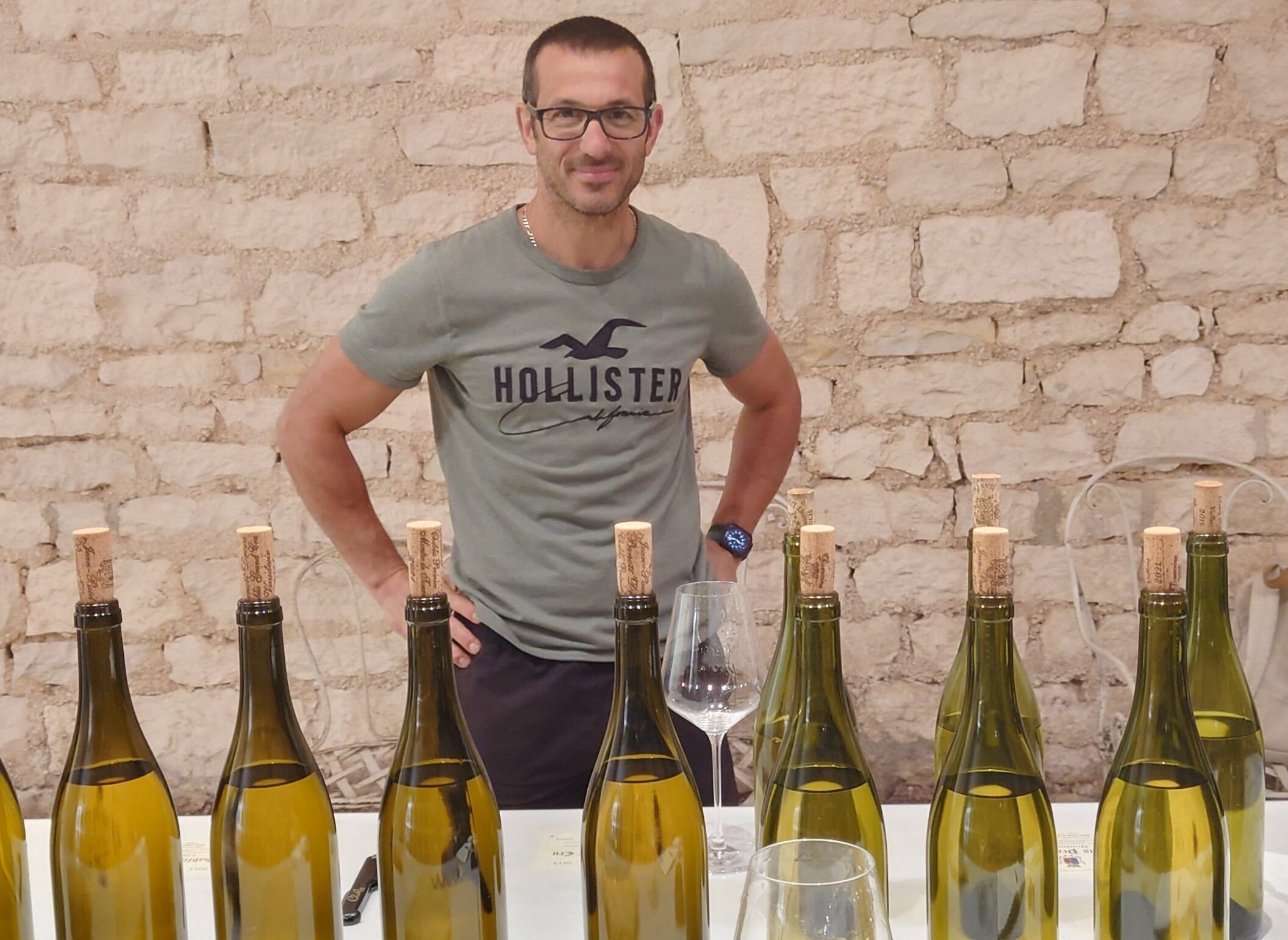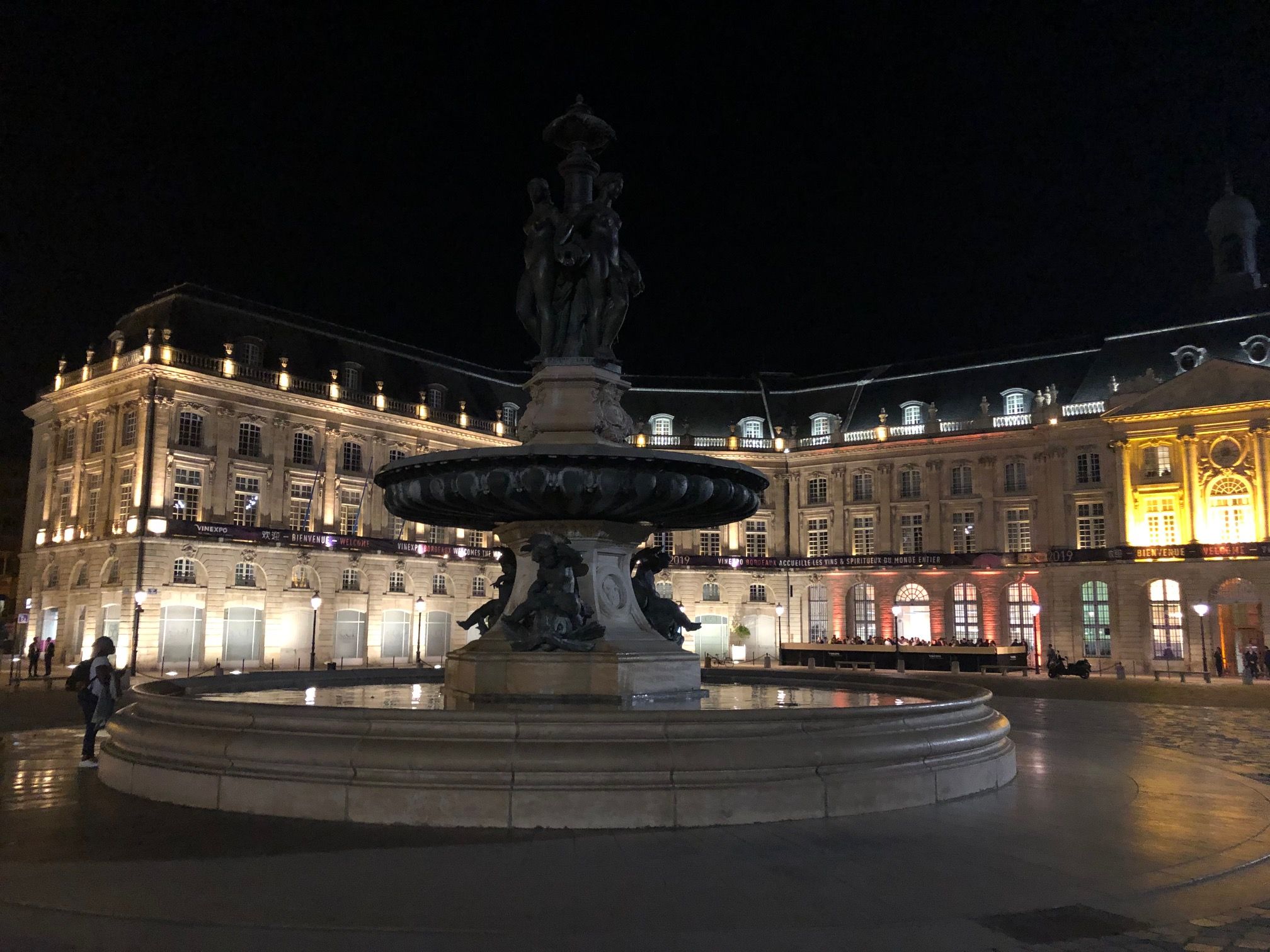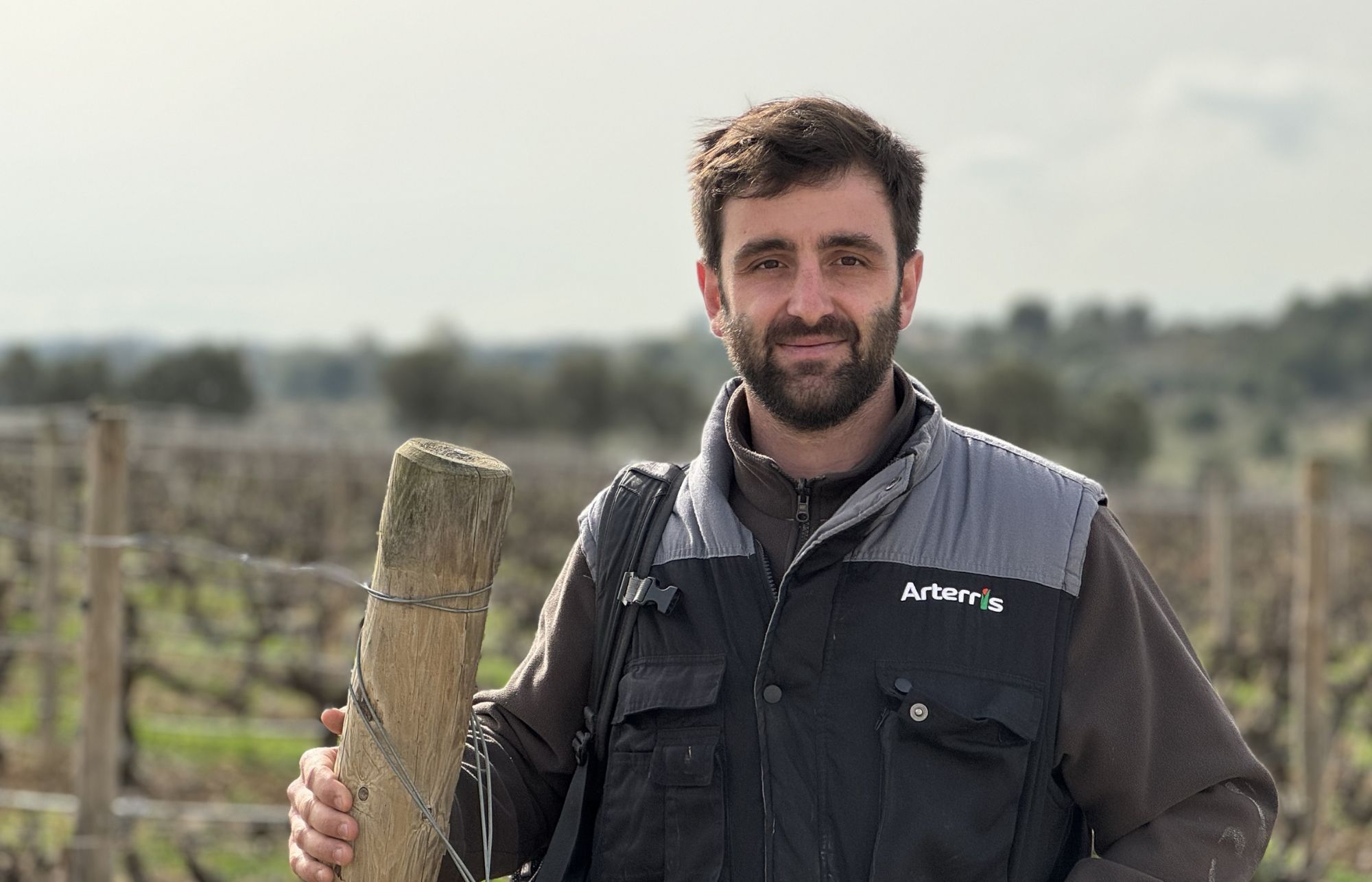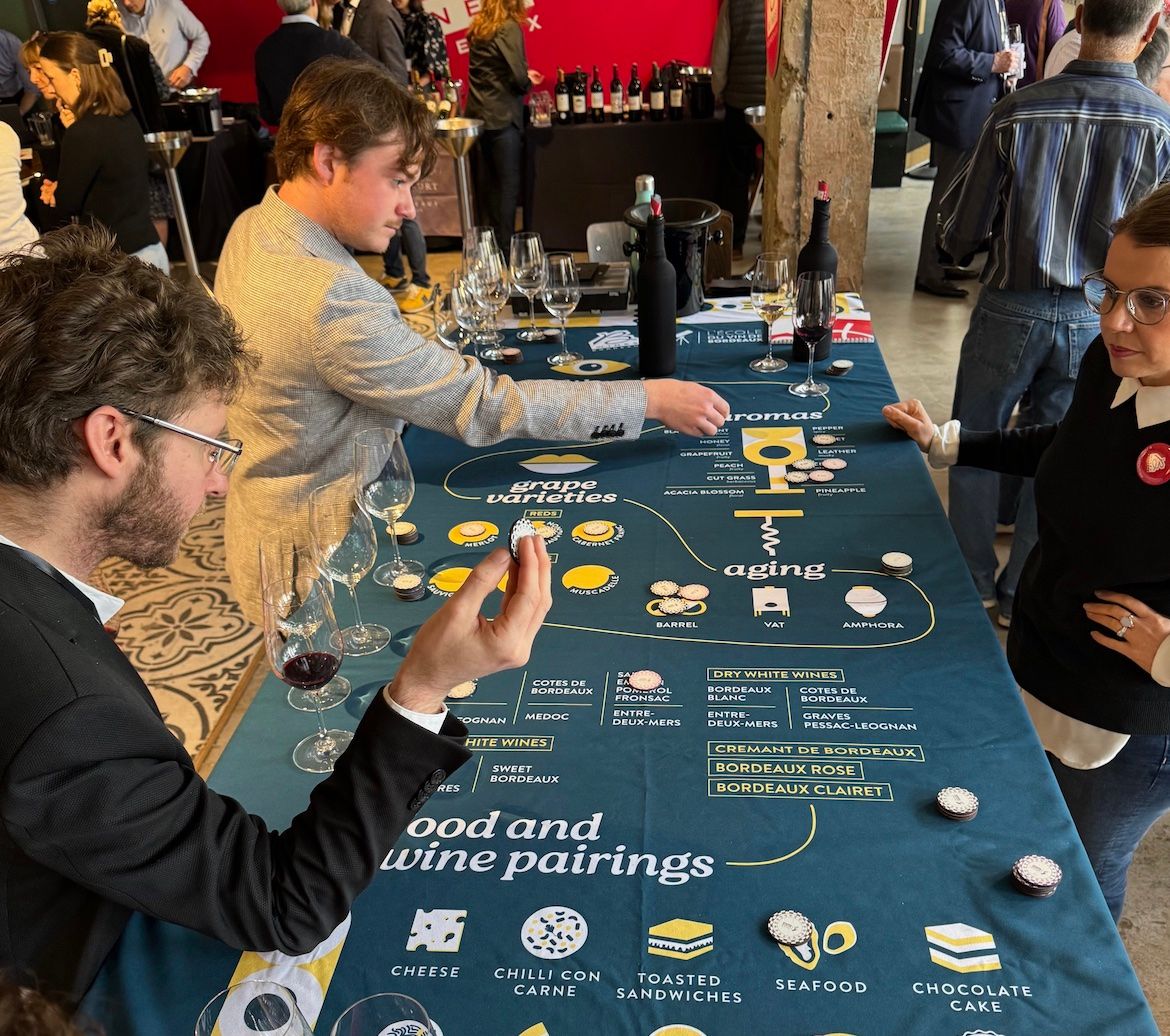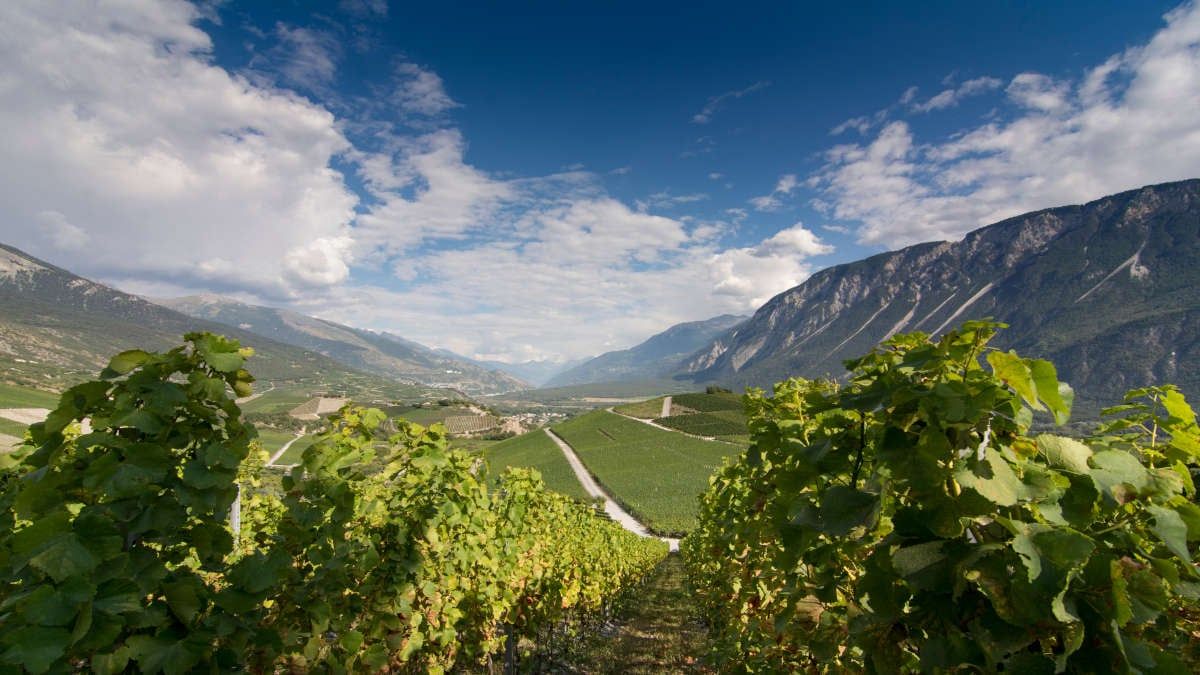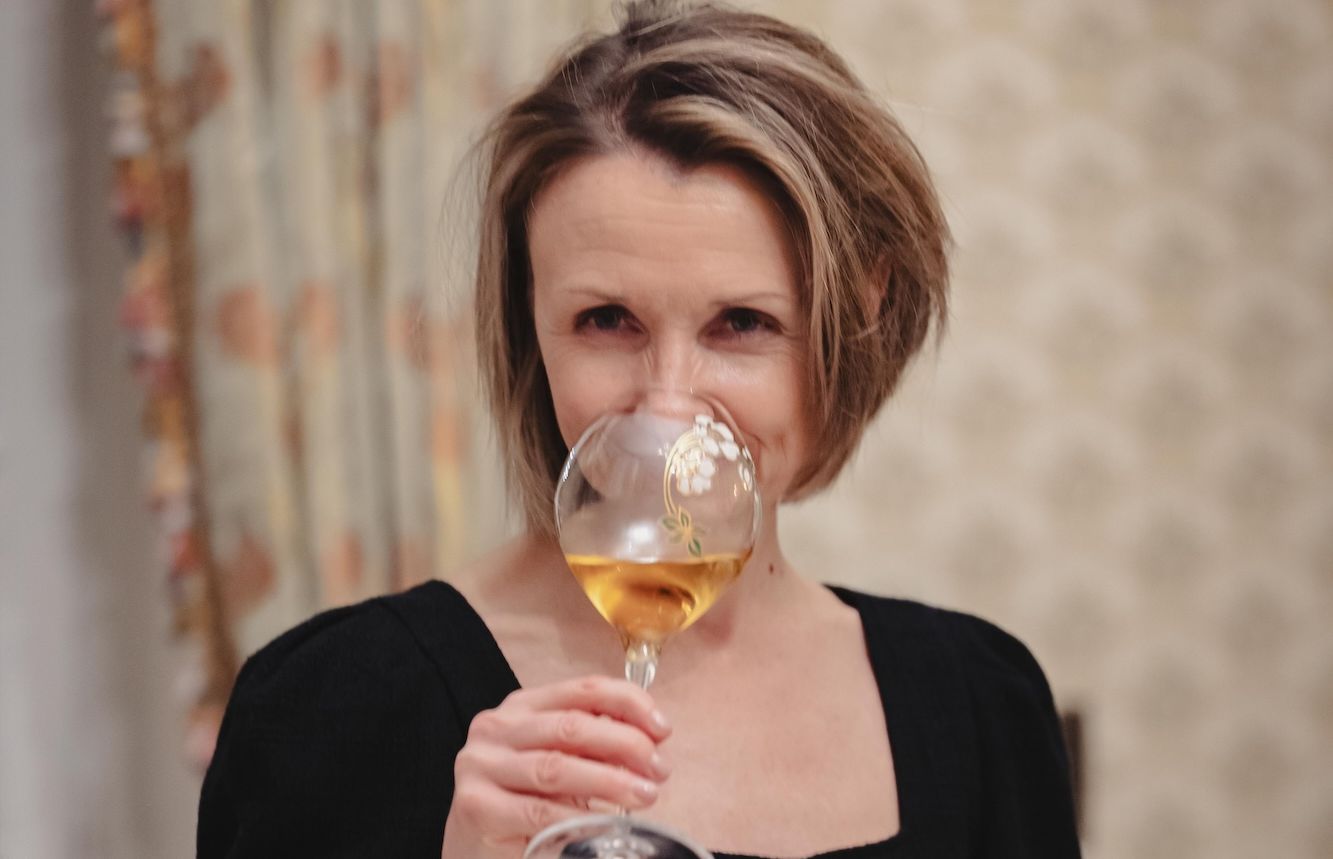“In fact it is not possible any more to say that there is just one style of Chablis, I would argue that there is a style of Chablis for everyone,” says Scarpazza.
Adjusting the image of any historical wine region is not an easy task especially when said region has become synonymous with one colour and style of wine and has the connotation of being a ‘one style fits all’. Such is the case with Chablis… or is it?
On a recent trip to Chablis I have seen firsthand how energetic and a vibrant region it actually is, with discussion on biodynamic viticulture, how the once dismissed vineyards on the left bank are being repopularised, and discovering that new producers are coming into the market after breaking away from the local cooperative.
The BIVB ‘The Bourgogne Wine Board’ (which organised the tour) started with a fantastic introduction to the region within the vineyards led by a local expert, explaining the soils and some of the frost protection systems being used. A fantastic idea.
A stroke of genius or recklessness, however, was leaving the group alone with the restaurant wine list with the offer of ordering what wines we wanted just so long as the wines were from Burgundy. Fantastic idea number two.

View of the Grand Crus from the left bank
From small beginnings…
Chablis is a fascinating case study of marginal viticulture and its effect on the shaping of a region. In the span of little over a century the region went from being a mixed agricultural region, with vineyards planted only in the warmer and frost-protected sites, to a mono-varietal system cultivating almost exclusively Chardonnay.
With no frost-protection systems readily available 100 years ago it was unviable to plant in many of the sites renowned today; not even the Grand Cru slopes were spared frost with Le Clos famously used as a ski slope.
When the influential cooperative La Chablisienne was founded in 1923 it was a huge success for a variety of reasons. For grape growers, selling to the newly established co-op was the only viable source of income, and many subscribed as a result; the co-op, in turn, was able to produce wines in volume which helped propel the name Chablis worldwide.
With the advent of frost-protection technologies, new vineyards started to be planted in sites on both the left and right bank, and on top of the hills for Petit Chablis, all leading to further expansion of the wine region.
The combination of these new technologies and commercial prospects led to the development of new wineries, a fact that is borne out by the astounding number of first or second-generation wineries in the region. The most promising among the ones we visited were Domaine de la Motte, Domaine Savary and Domaine Soupé.
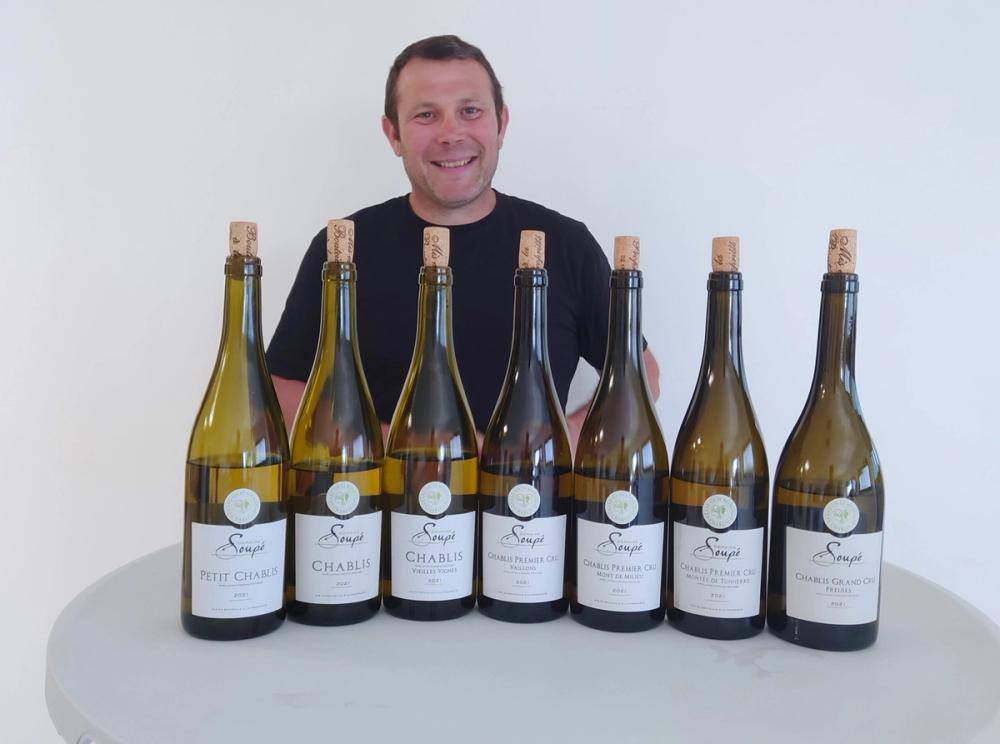
Breaking away from the co-op was not easy: Frédéric Soupé
The work of the Chablisienne cooperative, is highly regarded in the region, it has a fantastic reputation and research centre and it acts as an adviser to the almost 280 members it represents although, of course, there a few among them that dream of making a name for themselves.
Breaking away from the co-op is possible but not easy for an ambitious winemaker – imagine a cyclist ‘breaking away’ from the peloton in the Tour de France 50km from the finish line and you have some idea of how ‘easy’ it is!
Domaine Soupé, which used to supply almost 90% of the Montée de Tonnerre 1er cru for the cooperative’s wine and then decided to split, found it a difficult process. “It was a long process it took us nearly 20 years before we could produce our own wines… and we had to contact all the other growers to tell them about our decision,” Frédéric Soupé told us.
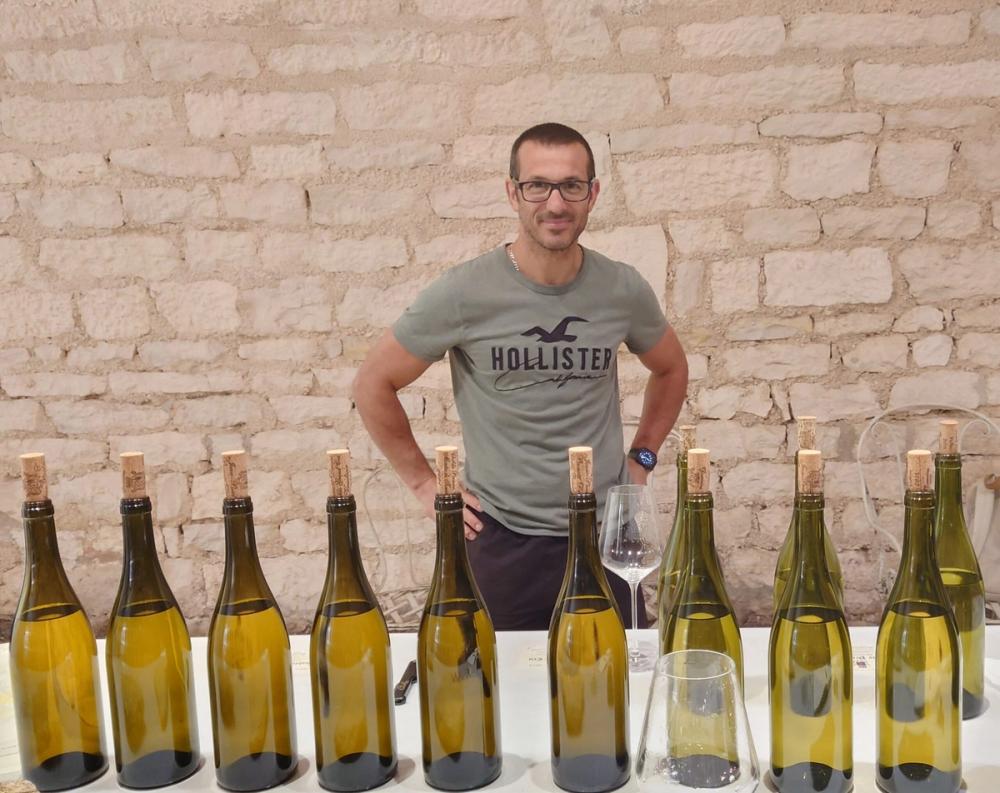
30 years ago the grapes on the left bank would struggle to ripen: Benoît Droin
But new challenges and opportunities are arising. Warmer vintages are resulting in the typically cooler sites on the left bank getting more and more desirable, as Benoît of Jean-Paul & Benoît Droin summed up: “30 years ago the vines (on the left bank) would struggle to ripen, nowadays I’m really happy to have them for their freshness.”
Some of the most fresh, pure and vibrant wines that we tasted on the trip were from these cooler left bank climats – premier crus such as Vau Ligneau, Vau de Vey and Beauroy. Even in the Grand Cru wines the cooler climats have shown extremely well and I would look for them in particularly warm years, Preuses and Bougros, for example, from producers such as Jean-Paul & Benoît Droin, Louis Moreau and Séguinot Bordet,
Just an aside, an argument needs to be put forward to change the name Petit Chablis… it is definitely not ‘petit’ and it may have been a mistake to call it this right from the start. Although the Petit Chablis sites are located in ‘worse’ locations and on poorer soils, many of these wines that we tasted were compelling, fresh and vibrant and offer great quality for the price. In some cases the Petit Chablis wines were arguably more interesting to drink than the Chablis village wines at the younger stages of their lives.
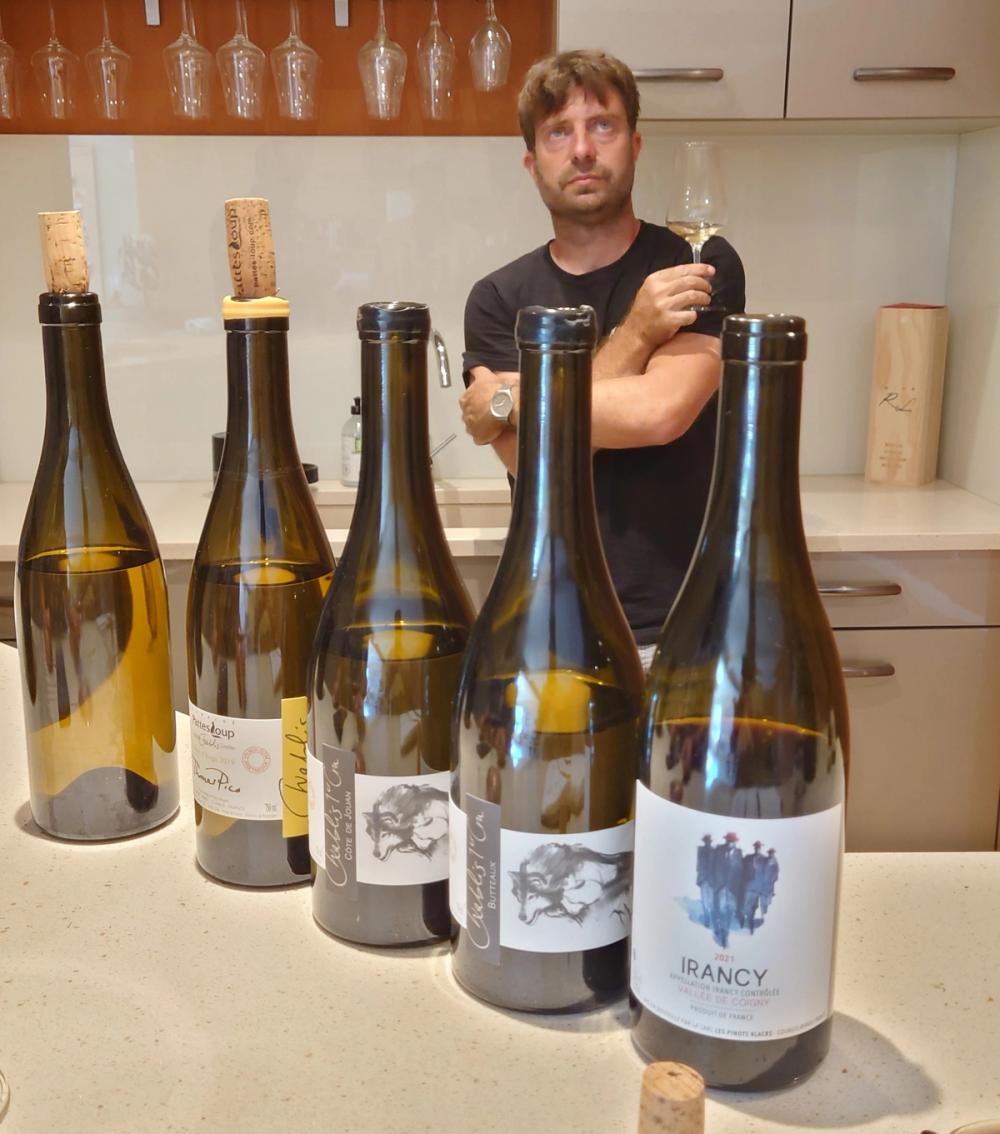
Maturing Chablis for a few years in oak: Thomas Pico
When it comes to the best way of maturing Chablis, the argument is nowhere near settled – lees ageing seems to be hardly used with the noticeable exception of Séguinot-Bordet – and new oak has traditionally never been used. The most exquisite use of oak, that we encountered, was done by Thomas Pico at Domaine Pattes Loup who is no stranger to maturing his Chablis for a few years in old oak barrels before release – now looking to move production to large 5000-litres botti.
Showing the dynamic nature of the region again are the amount of winemakers who are converting to biodynamics, Thomas Pico, again, but also larger wineries such as Domaine William Fèvre.
So, as a region, Chablis may seem stagnant but one just needs to think how much the vignerons had to modernise to combat frost in the last 100 years and how the region has expanded in that time – with a multitude of styles being developed. In fact it is not possible anymore to say that there is just one style of Chablis, I would argue that there is a style of Chablis for everyone.
Here a selection of my favourite Chablis from the trip
Petit Chablis
Domaine Laroche, 2022
Domaine de la Motte, 2022
Chablis 1er Cru Left Bank

Louis Moreau, Vau Ligneau 2021
Pattes Loup, Butteaux 2018
Famille Savary, Vaillons 2021
Chablis 1er Cru Right Bank
Domaine Servin, Vaucoupin 2020
Domaine Soupé, Mont de Milieu 2021
Jean-Paul & Benoît Droin, Montée de Tonnerre 2021
Chablis Grand Cru
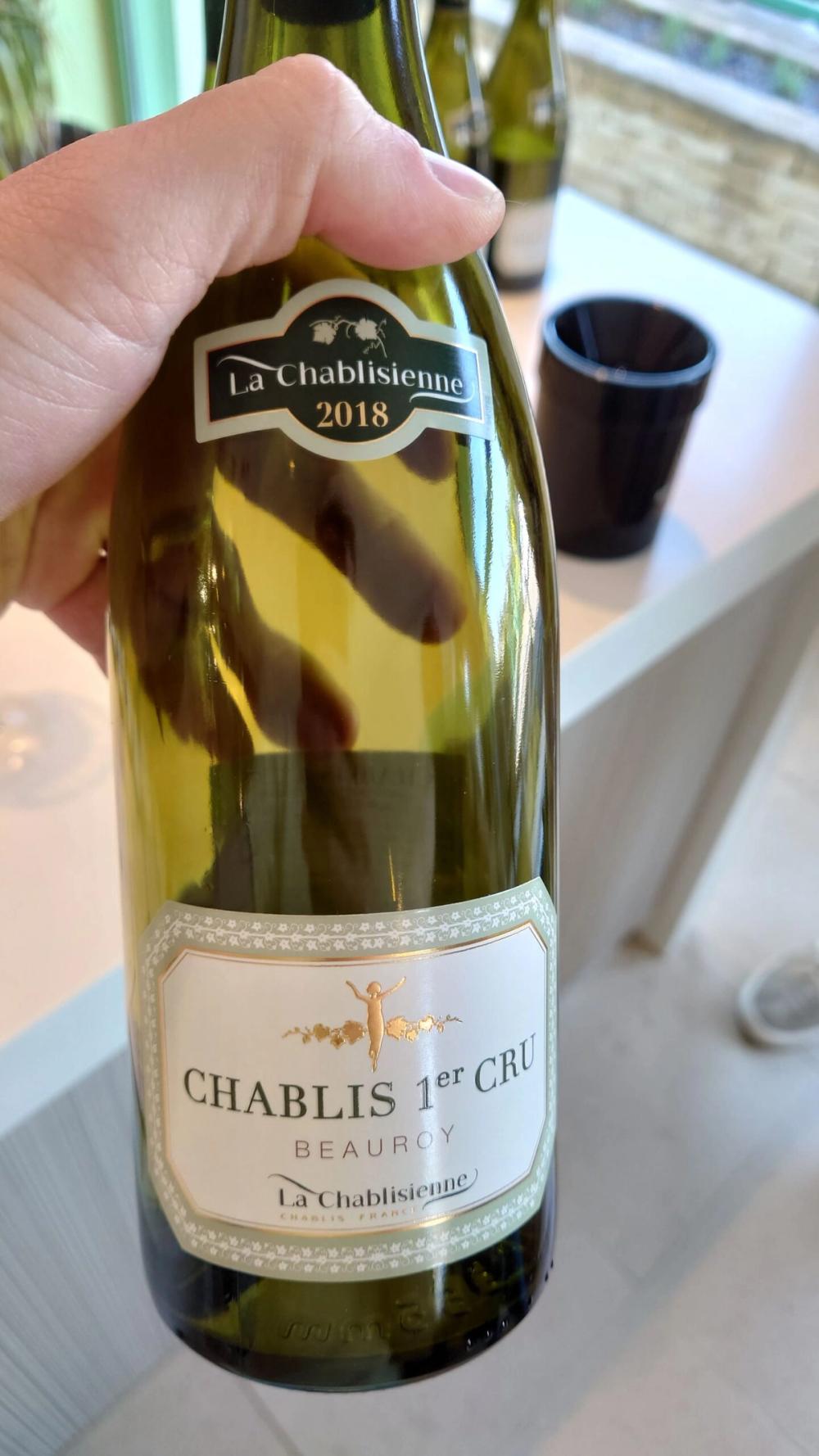
Cave La Chablisienne, Les Clos 2018
Jean-Paul & Benoît Droin, Vaudésir, 2020
Domaine Soupé, Preuses 2021
